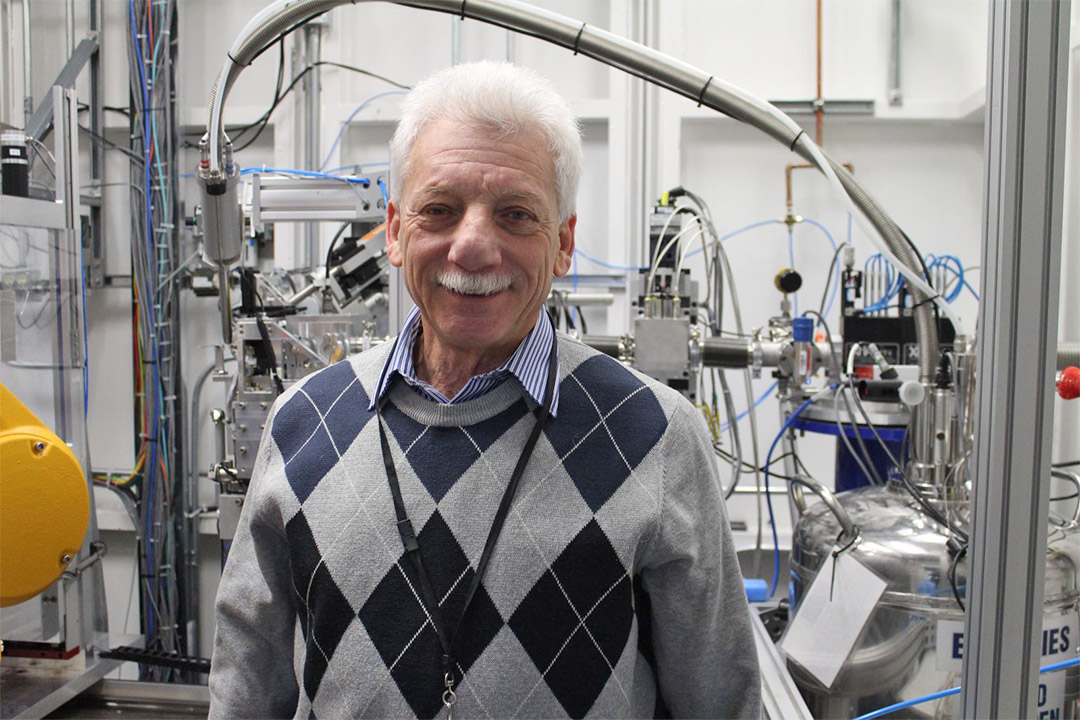Scientists have solved 1,000 protein structures using data collected at CLS’s CMCF beamlines. These have been added to the Protein Data Bank—a collection of structures solved by researchers globally. Researchers have also published 500 scientific papers based on their work using the crystallography beamlines.
Proteins are the building blocks of life and are described as the body’s workhorses. The body is made of trillions of cells. Cells produce proteins, which do the work of breaking down food, sending messages to other cells, and fighting bacteria, viruses and parasites. The discoveries at the CLS range from how the malaria parasite invades red blood cells to why superbugs are resistant to certain antibiotics and how parkin protein mutations result in some types of Parkinson’s disease. Understanding how these and other such proteins work can potentially save millions of lives.
“Each of these protein structures that have been solved at the CLS represents a significant contribution to the global body of knowledge in the areas of biology and biochemistry, advancing health research,” said CEO Rob Lamb.
“We are proud of these milestones, and the hard work and dedication that went into achieving them. Scientists come from all over Canada and around the world to use our state-of-the-art facility supported by fantastic staff scientists.”
Using powerful synchrotron x-ray light, scientists explore human, animal, plant, bacterial, viral and parasitic proteins as well as nucleic acids. After exposing a protein crystal to synchrotron light, the scientists are able to use the information to produce a 3-D model that shows the positions of the atoms. This structural information provides details about how proteins function and interact. Scientists then use this information to better understand biology, environmental processes, as well as human health and disease. Often, they use the information to develop new pharmaceuticals.
“These beamlines are a huge boost to the Canadian structural biological community,” said Miroslaw Cygler, U of S professor of biochemistry and Canada Research Chair in Molecular Medicine Using Synchrotron Light. He is also the leader of the CMCF beamline advisory team.
“Every protein crystallography lab in Canada from coast to coast to coast uses this facility to do experiments. Canada is a big country. Travelling is very expensive. From the very beginning, one of the missions of the facility was to provide remote service. This is really crucial in both impact and importance to Canadians,” said Cygler.
